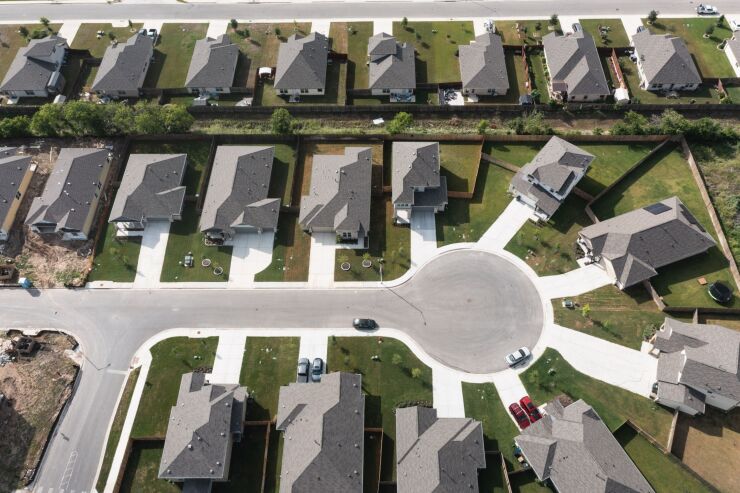Innovative solutions and analytics have transformed the property insurance market, enabling carriers to better assess customer needs and more accurately identify property risks, according to the Travelers Institute's webinar,
"Understanding those characteristics of a specific home has been one of the great challenges for home insurers. It's not like a car, where you have a VIN that provides the majority of the details and specifications of the car. In comparison, the details of the home are much more varied. There are about 85 million single family homes in the US, and they're all unique," said Angela Orbann, Travelers' national property lead, vice president of personal insurance. "From construction styles to the number of bathrooms, features, selective finishes and contents, there's been no easy way to gather those basics–until now."
Orbann shared how she has seen the home insurance industry evolve over the past 20 years, emphasizing the rapid shift of leveraging advanced technology and data to gain insights and customer exposure in a more efficient way than just a few years prior. Geocoding technology, for example, enables agents and carriers to more accurately pinpoint exactly where a risk sits, determine accurate distances to different peril risks and more quickly confirm eligibility decisions.
The digitalization and availability of public records have also provided insights into a home for carriers to more accurately price risk, helping to determine property characteristics such as prior losses, construction type or distance from a fire department.
"Understanding these details helps to ensure that customers are priced appropriately for their unique home and risk, but that they also have the right coverages–and that plays a crucial role in restoring properties after a total loss," said Orbann.
For broader property and external details, however, Orbann explained that this area historically had the least amount of information available to insurers and relied heavily on customer and agent input. Aerial imagery, which refers to images captured from a manned aircraft flight dedicated for national mapping, has significantly improved this process. Aerial imagery provides coverage for a "significant percentage of homes in the US, with most homes being captured multiple times per year." For carriers, this data helps to underwrite and price more accurately, as well as streamlining the quoting process with pre-filled information for more rapid validation, rather than with manual entry.
The data also helps with more efficient underwriting, as more upfront data leads to fewer "back-and-forth requests"and faster decisions for the agents and homeowners.
"[Aerial imagery] provides accurate data at scale. Traditionally, to get this level of detail on a property would have required a live physical inspection to get all those home details. That just wasn't feasible. It'd be expensive, driving up costs and premiums, but it would also be intrusive to expect every homeowner to schedule appointments and delay decisions, especially when they may be depending on those decisions as part of a home closing, " said Orbann. "Now, we can get this data more efficiently with consistency and with less disruption to the agent and homeowners. It's better for carriers, better for agents and better for customers. These insights and technology don't just help us assess risks for identifying house features, it can help us partner with customers on risk reduction."
Travelers also leverages its claims database with the expertise of claims adjusters, combined with aerial imagery, to proactively advise customers about risk concerns. More rapid payouts to insureds leads to higher satisfaction, and Orbann shared a number of ways that technology has improved the claims process at Travelers.
"In catastrophic events, our cat response begins with a
Travelers also has digital platforms that can complete automatic measurements from photos, which aims to accelerate the inspection process and enable customers to start the repair process sooner.
"Rather than waiting for a visible inspection or for your claim adjuster to be on-site, it allows that speed of processing," Orbann explained. "Technology allows us to be more responsive, more accurate, and, ultimately, more helpful when our customers need us most."





